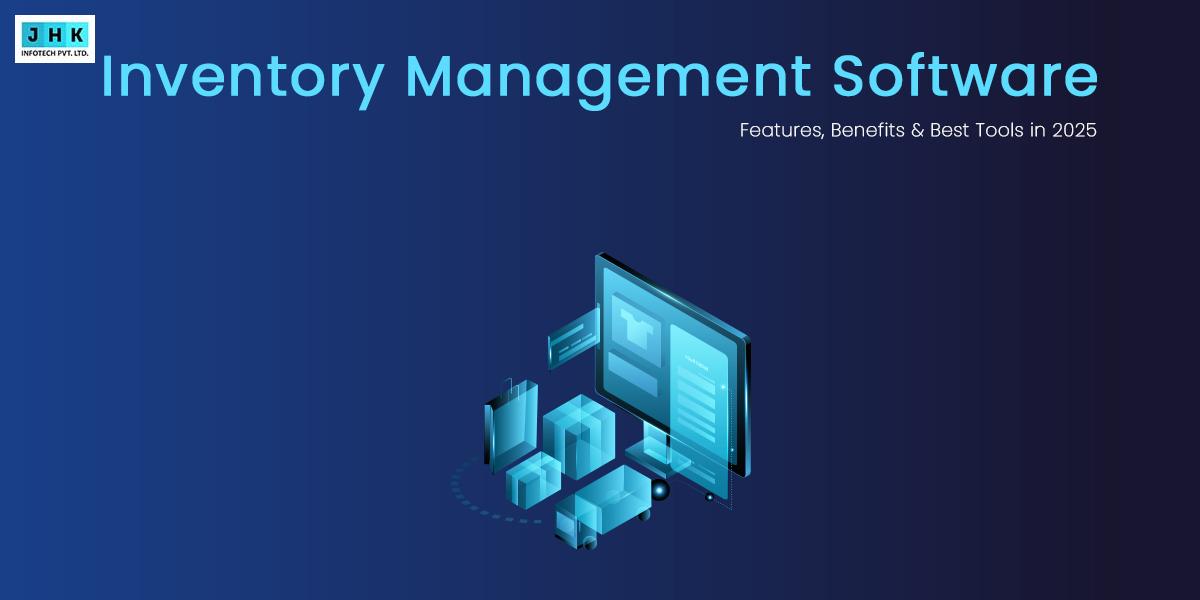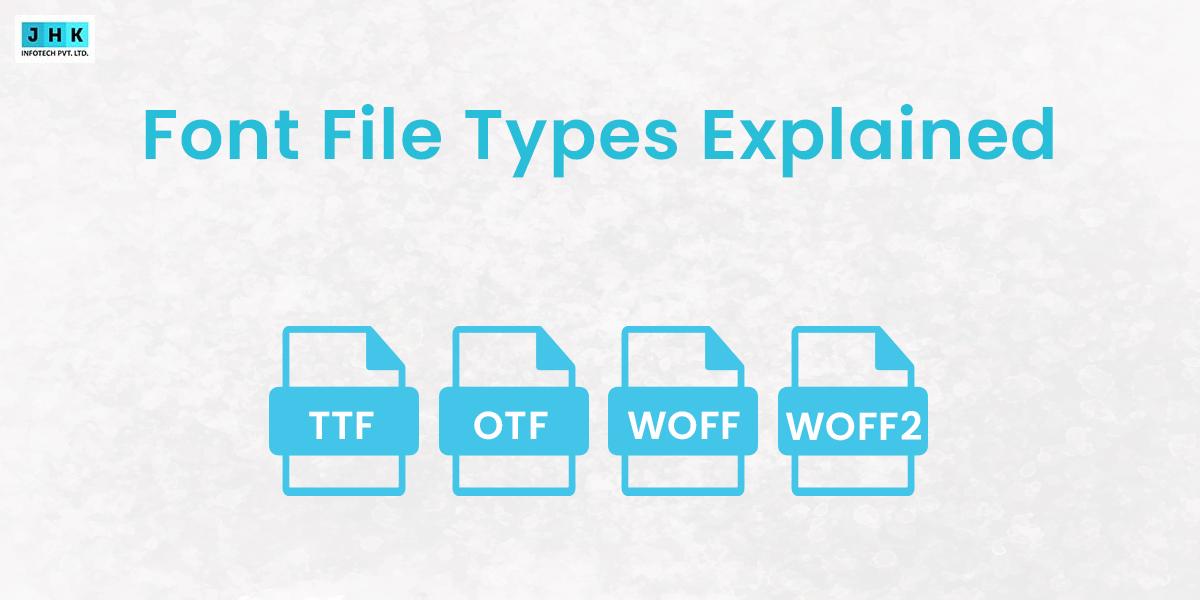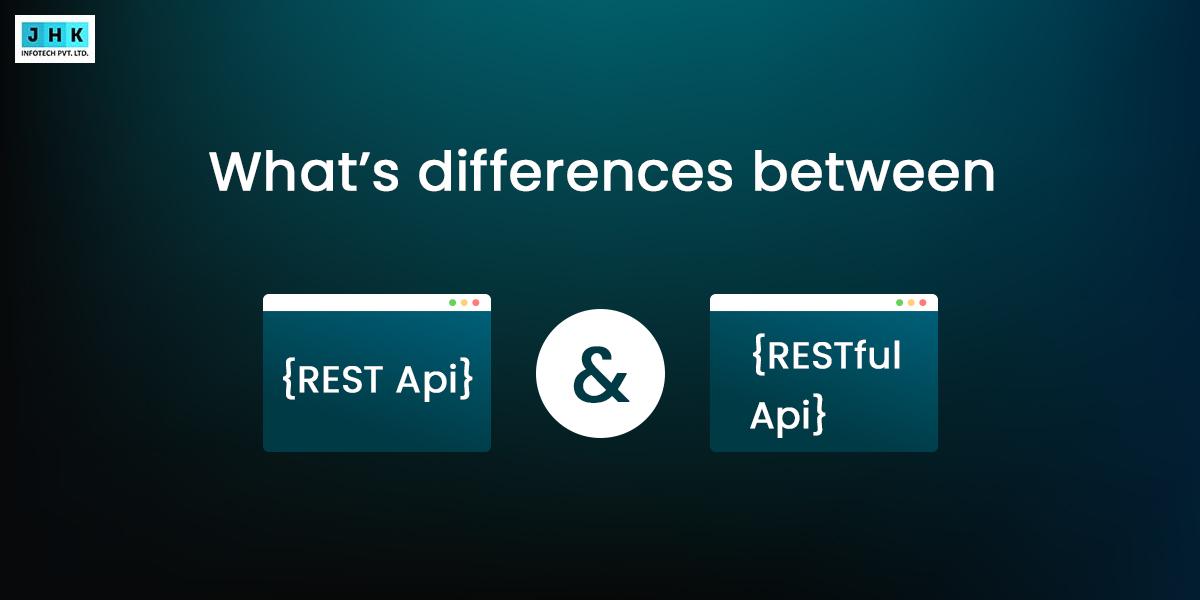Inventory Management Software: Features, Benefits & Best Tools in 2025

Inventory Management Software
Inventory management software is a digital solution designed to monitor, manage, and control stock levels, orders, and deliveries. It serves as a core component of modern business software, especially in retail, manufacturing, and distribution sectors. Accurate inventory tracking is essential for minimizing losses, fulfilling orders on time, and optimizing business operations.
Why Businesses Need Inventory Management Solutions
Manual inventory tracking often leads to errors, stockouts, and inefficiencies—especially for growing SMEs and large enterprises. Inventory management software helps resolve these problems through automation, real-time tracking, and structured workflows.
Features of Inventory Management Software
Top inventory management software solutions come packed with powerful features that help streamline business operations:
- Real-Time Inventory Tracking: Automatically updates inventory levels as items are added, removed, or sold, helping avoid stockouts or overstocking. This also supports better demand planning through accurate inventory lists.
- Order Management System: Manages both purchase and sales orders efficiently by automating order workflows, syncing invoices, and reducing manual processing errors. This leads to faster order fulfillment and improved customer satisfaction.
- Data Management & Analytics Tools: Offers in-depth reporting, trend analysis, and custom dashboards to make data-driven decisions. Business owners and managers can monitor KPIs, analyze sales and inventory performance, and forecast demand.
Types of Inventory Management Systems
Different types of inventory systems serve diverse business needs. Choosing the right one depends on your scale, structure, and IT strategy:
- Cloud-Based Systems: Offer flexibility and remote access from any location. Ideal for businesses with multiple branches or remote teams. These systems are typically subscription-based and automatically updated.
- On-Premise Software: Installed on local servers, offering full control over data and security. Ideal for enterprises that have dedicated IT teams and require strict compliance and data control.
- Standalone Inventory Applications: Lightweight solutions designed to manage inventory independently. These are often used by small businesses needing basic inventory functions without broader ERP capabilities.
- ERP-Integrated Systems: These systems are part of a comprehensive ERP suite that combines inventory, accounting, CRM, and HR modules. They provide centralized control and a unified view of operations.
Integration with Other Business Applications
Modern inventory management software doesn’t work in isolation—it connects with other critical business tools to ensure seamless operations:
- POS Software Integration: Automatically syncs in-store and online sales with inventory levels in real time. This prevents overselling and keeps stock counts accurate across all channels.
- CRM Application Connectivity: Links customer data with inventory levels, allowing personalized service, sales trend analysis, and better inventory forecasting based on customer behavior.
- Ecommerce Platform Support: Syncs inventory with platforms like Shopify, WooCommerce, and Magento. Ensures real-time stock updates and consistent availability across digital storefronts.
Inventory Management within ERP Systems
Enterprise Resource Planning (ERP) systems are robust business solutions that integrate various organizational processes—including inventory, accounting, procurement, and supply chain management—into a unified platform. The inventory management module within an ERP system enables businesses to maintain centralized control over stock, warehouses, and order processing across multiple departments.
These systems facilitate real-time updates and enable seamless cross-department collaboration, allowing departments such as sales, procurement, and logistics to work from the same up-to-date inventory data. This integration not only minimizes errors but also enhances overall operational efficiency.
Advanced Inventory Management Techniques
To stay competitive and efficient, modern inventory management software incorporates several advanced techniques that align with unique business models and industry demands:
- FIFO (First In, First Out): Ensures the oldest inventory items are sold first—commonly used in industries where product shelf-life matters, such as food and pharmaceuticals.
- LIFO (Last In, First Out): Prioritizes the most recently added stock for sales—used primarily in specific financial accounting scenarios.
- JIT (Just-In-Time): Minimizes inventory levels by syncing procurement and production schedules with actual demand, helping reduce carrying costs.
- ABC Analysis: Categorizes inventory into three groups (A, B, C) based on value and usage frequency, allowing focused control over high-impact items.
These techniques improve forecasting accuracy, optimize inventory collection processes, and reduce overstock and understock situations.
Best Inventory Tools for Different Business Sizes
Selecting the right inventory tool depends on business size, budget, and complexity. Here’s how different tools cater to diverse organizational needs:
- For Small Businesses: Tools like Zoho Inventory, Sortly, and inFlow offer cost-effective solutions with user-friendly interfaces and core functionalities such as stock tracking, order management, and barcode scanning.
- For Medium-Sized Businesses: Platforms like TradeGecko and QuickBooks Commerce offer scalable solutions with integrations for accounting, ecommerce, and customer management.
- For Enterprises: Full-scale ERP platforms such as NetSuite, SAP Business One, and Odoo provide complete suites that integrate inventory with asset management, finance, HR, and supply chain functions. These systems offer advanced automation, customization, and multi-location support.
Choosing the right tool ensures that your inventory processes grow in sync with your business and remain aligned with strategic goals.
Specialized Inventory Systems for Distributors and Retailers
Distributors and retailers face unique inventory challenges that require tailored solutions. Specialized inventory systems designed for these sectors offer critical features that support operational efficiency, scalability, and customer satisfaction. These systems typically include:
- Distributor Network Management: Helps streamline supply chain logistics by tracking multi-location inventory, managing distributor hierarchies, and ensuring on-time delivery.
- Barcoding & POS Integration: Enhances transaction accuracy and speed by syncing physical product scanning with sales records and inventory updates in real time.
- End-to-End Product Flow Tracking: Monitors product movement from warehouse to point-of-sale, giving full visibility over stock levels and customer fulfillment processes.
Benefits of Using Inventory Software
Implementing inventory software can dramatically enhance how a business handles its operations. Key benefits include:
- Minimized Human Error: Automation reduces manual data entry mistakes that often lead to inventory inaccuracies and order issues.
- Improved Stock Accuracy: Real-time tracking and automatic updates ensure precise inventory counts across all sales and storage channels.
- Streamlined Workflows: Centralized systems coordinate inventory, orders, and suppliers in one interface—boosting overall operational efficiency.
- Enhanced Productivity & Decision-Making: With access to detailed reports and data visualizations, teams can make smarter procurement and sales decisions quickly.
How to Choose the Right Inventory Management Software
Selecting the best inventory software depends on a range of business needs and long-term goals. Consider this checklist before making your decision:
- Scalability: Will the system grow with your business as your inventory and transaction volume increase?
- Cloud vs On-Premise: Cloud systems offer remote access and easy updates, while on-premise options provide greater control over data security.
- Ease of Use (UX/UI): Choose software with an intuitive interface to reduce training time and increase adoption by your team.
- Integrations: Ensure compatibility with existing tools like ERP, CRM, and POS systems for smooth workflow automation.
- Cost and Support Availability: Evaluate licensing models, hidden costs, and the responsiveness of customer support to avoid unexpected challenges.
Conclusion
Whether you’re a startup or a large distributor, having the right inventory management software can drive growth, reduce waste, and enhance customer satisfaction. Evaluate your business needs and choose a system that integrates seamlessly with your workflow.
FAQ’s
1. What is inventory management software?
Inventory management software is a digital solution that helps businesses track, organize, and manage their inventory levels across warehouses, retail outlets, or distribution centers. It automates tasks like stock counting, order tracking, supplier coordination, and real-time reporting, ensuring that companies always know how much inventory they have, what’s selling, and when to restock.
2. What is the best inventory management software?
The best inventory management software depends on your business size, industry, and specific needs. For small businesses, tools like Zoho Inventory, inFlow, or Sortly offer affordability and simplicity. Medium-sized businesses often benefit from QuickBooks Commerce or TradeGecko. Large enterprises usually opt for robust ERP solutions like NetSuite, SAP Business One, or Odoo, which integrate inventory with accounting, CRM, and supply chain functions.
3. How to build inventory management software?
To build inventory management software, developers typically use backend frameworks like Django (Python) or Laravel (PHP) for handling business logic and database management. Key features to integrate include:
- Real-time stock tracking
- Order management
- Low stock alerts
- Multi-location support
- Role-based user access
- Analytics and reporting
Also, ensure the system supports integration with POS, ecommerce, and ERP platforms through RESTful APIs.
4. How to make inventory management software?
Creating a custom inventory management system involves:
- Backend Setup: Use scalable technologies such as Node.js, Python, or Java.
- Frontend Interface: Develop a responsive dashboard using frameworks like React, Vue, or Angular.
- Database Architecture: Use SQL (PostgreSQL/MySQL) or NoSQL (MongoDB) for storing inventory data.
- Features: Include stock tracking, reorder level automation, barcode scanning, and real-time syncing.
- APIs: Integrate third-party tools like ecommerce platforms, CRMs, and POS systems for seamless operations.
5. How to use inventory management software?
To effectively use inventory management software:
- Import or input your inventory list with product names, SKUs, quantities, and locations.
- Set minimum stock levels and reorder points to get automatic low-stock alerts.
- Link sales channels and warehouses to track real-time stock movement.
- Generate reports to analyze product trends, stock valuation, and supplier performance.
- Train staff on using barcode scanners or mobile apps (if applicable) for smooth operations.
6. What is Shopify inventory management software?
Shopify includes built-in inventory tools that allow store owners to:
- Track stock levels per product and variant
- Enable low-stock notifications
- Manage inventory across multiple locations
Additionally, Shopify supports integration with third-party apps like Stocky, TradeGecko, and Zoho Inventory for more advanced inventory, demand forecasting, and purchase order management features.
7. What is warehouse management software?
Warehouse Management Software (WMS) is a dedicated system designed to streamline and enhance daily warehouse operations. It helps businesses manage:
- Picking, packing, and shipping processes
- Space utilization and layout planning
- Barcode/RFID scanning for real-time accuracy
- Inventory cycle counting
WMS often integrates with ERP and inventory systems to maintain synchronization across all supply chain operations.
8. What is inventory control software?
Inventory control software helps maintain the right stock levels by providing tools for:
- Tracking inventory movement
- Setting reorder points
- Avoiding overstock and understock situations
It helps maintain precise inventory levels, minimizes waste, and enhances demand forecasting. Unlike broader inventory management systems, inventory control software focuses primarily on internal inventory optimization.
9. Which software is used for inventory management?
Some of the most popular and reliable inventory management software options include:
- QuickBooks Commerce
- Zoho Inventory
- NetSuite ERP
- Odoo
- SAP Business One
- Fishbowl
- TradeGecko
These tools vary in pricing, features, and scalability, making it essential to evaluate them based on your operational size and integration needs.
10. How does inventory management software work?
Inventory management software works by:
- Digitally tracking inventory data across sales channels and warehouse locations.
- Automatically updates inventory levels in real time following sales, returns, or new stock arrivals.
- Providing analytics for forecasting demand, identifying top-selling products, and managing suppliers.
- Integrating with sales, POS, accounting, and ecommerce platforms for a unified business ecosystem.
By centralizing data and processes, it improves decision-making, prevents stock issues, and boosts overall efficiency.





